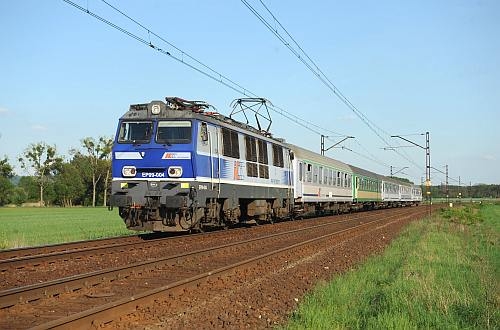The funding will be distributed to member states through the Connecting Europe Facility (CEF) and the multi-annual financial framework and is intended to stimulate further investment by member states to develop cross-border connections which might not otherwise be built.
Almost half of the funds - €11.3bn - will be distributed through the CEF to member states eligible for cohesion funding with the aim of focussing investment on east-west corridors.
The EC says there is a considerable disparity in quality and availability of infrastructure between member states, and missing links, particularly across national borders, are considered a major obstacle to the free movement of goods and people.
In addition to local enhancements, major rail infrastructure projects are planned on a number of the newly-defined corridors. The Baltic – Adriatic Corridor includes Austria's Semmering Base Tunnel and the Graz Klagenfurt Koralm line, while the North Sea – Baltic Corridor encompasses the Rail Baltica standard-gauge line from northeast Poland to Kaunas, Riga, and Talinn. The Scandinavian – Mediterranean Corridor includes the Fehmarn Belt fixed link between Denmark and Germany, and the Brenner Base Tunnel as well as their access routes.
The EC estimates that the total level of investment required across all transport modes on the core network between 2014 and 2020 is around €250bn.
The EC says that projects receiving core network funding will need to meet strict technical standards, including the application of ERTMS.
The EU will provide up to 50% co-financing for feasibility studies into projects and the conversion of lines to ERTMS. Cross-border rail projects could be eligible for up to 40% co-financing.
A map of the nine corridors can be viewed here.

